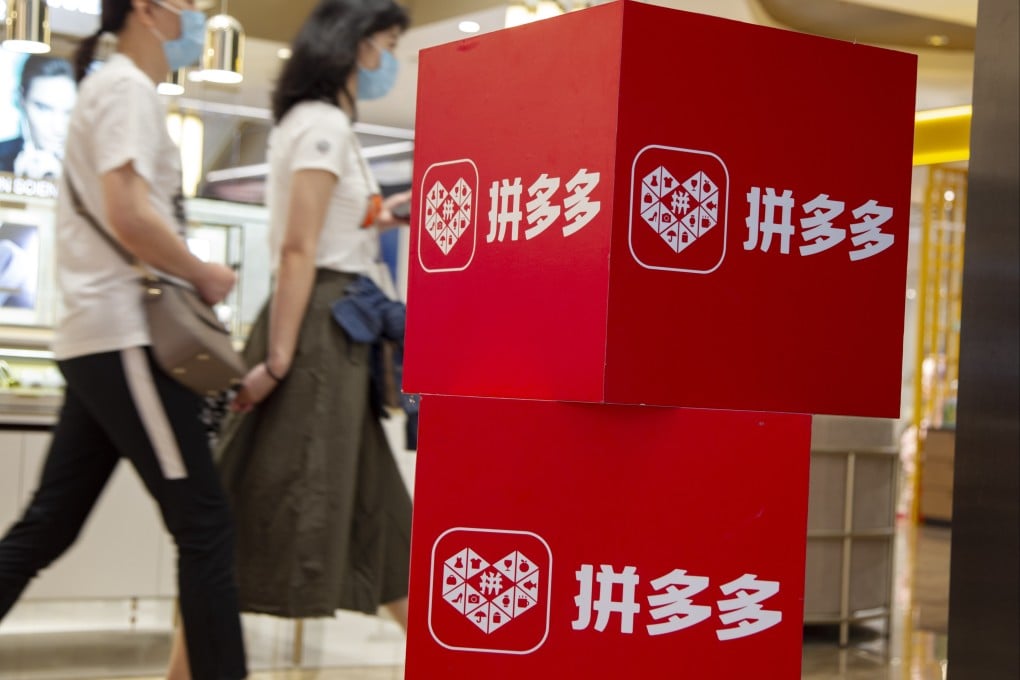Shein rival app from Chinese e-commerce giant Pinduoduo tops the charts, but rock-bottom prices could be unsustainable
- Temu has become the most-downloaded shopping app in the US this month as it aims to compete in cheap fast-fashion and accessories
- Owner Pinduoduo is using the same social e-commerce tactics that worked in China, but higher costs in the US could make success difficult

Launched in September, Temu is still nowhere near as popular as Shein, the hit shopping platform also started in China that has found huge success overseas selling fast fashion and other items at rock-bottom prices. However, Temu’s rise comes just ahead of the holiday shopping season in the world’s largest consumer market.
Pinduoduo is the latest Chinese tech giant trying to copy Shein’s recipe for success overseas as economic growth stalls at home amid weak consumer demand. Once a latecomer to e-commerce in China, Pinduoduo is well-versed in breaking through in a hyper-competitive market.
“In the domestic consumer market, Pinduoduo has become a new engine that powers the transformation of Chinese manufacturing. We are looking to leverage our successful experience in the home market to help manufacturers going overseas,” Pinduoduo CEO Chen Lei said in September when the company launched a programme to provide tens of billions of dollars worth of resources to “help 100 brands and 10,000 factories directly connect with the global market”.
Yet the company’s strategy of incredibly low prices, viral campaigns across popular social networks, and connecting manufacturers directly with consumers could prove more challenging in the more sparsely populated US, where the social e-commerce trend has not widely caught on.
Temu has started onboarding sellers from 15 different categories, including apparel, office supplies, instruments and industrial tools. The platform promises free listings and no commission fees. One Temu employee, who declined to answer questions as he is not authorised to speak with media, posted on WeChat that the platform is currently limiting the number of sellers for better quality control.
Like Pinduoduo in China, Temu features a wide selection of budget items, with some of the cheapest small gadgets and home decor items priced below US$1.
Beyond price competition, Temu is also splurging on marketing campaigns to attract users. These include coupons, limited-time free shipping and store credit for late deliveries.